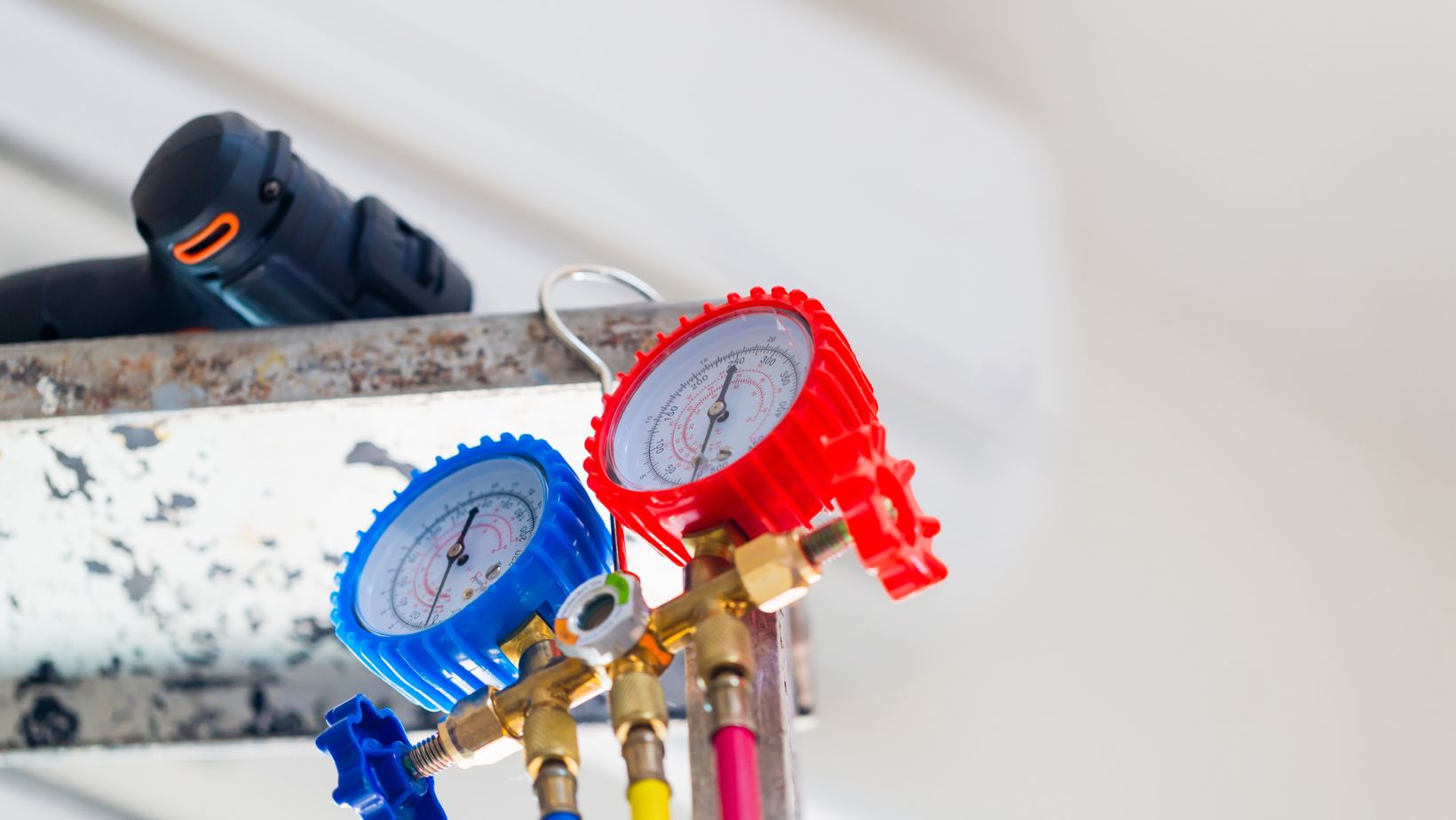Table of Contents
ToggleWhat Is Vacuum Pressure
Vacuum pressure is a term used to describe the pressure that exists in a space where the air or any other gas has been completely removed. In simple terms, it refers to the absence of atmospheric pressure. When we remove air or gas from a container, what remains is known as a vacuum.
Understanding vacuum pressure is crucial in various industries and scientific applications. It plays a significant role in processes such as manufacturing, packaging, and even space exploration. By creating a vacuum environment, we can manipulate and control certain properties of materials or substances.
So, when someone asks “what is vacuum pressure?” they are referring to the measurement of pressure in an area devoid of gases or air molecules. It’s important to note that there are different units used to measure vacuum pressure, such as torr, pascal (Pa), or millibar (mbar). These measurements help quantify the level of void or emptiness within a given space.
In conclusion, understanding what vacuum pressure means enables us to explore its applications across various fields. Whether it’s in industrial processes or scientific experiments, creating and measuring vacuums allows for unique opportunities and advancements in technology.

Understanding the Basics of Vacuum Pressure
Vacuum pressure is a term often used in scientific and engineering fields to describe the measurement of pressure below atmospheric pressure. But what exactly is vacuum pressure and how does it work? Let’s dive into the basics to gain a better understanding.
1. Definition of Vacuum Pressure
In simple terms, vacuum pressure refers to the difference in pressure between a given space and the surrounding atmosphere. It is typically measured using units such as millimeters of mercury (mmHg) or pascals (Pa).
2. How Vacuum Pressure Works
When we talk about vacuum pressure, we are essentially referring to a region with lower gas density compared to its surroundings. This lower density creates a partial vacuum, which can be achieved through various methods such as mechanical pumps or chemical reactions.
3. Applications of Vacuum Pressure
Understanding vacuum pressure is crucial because it plays a significant role in many industries and applications:
- Industrial Processes: Vacuum technology is widely used in manufacturing processes like semiconductor fabrication, where precise control over atmospheric conditions is essential.
- Scientific Research: Researchers rely on vacuum chambers for experiments involving sensitive materials or studying phenomena at extremely low pressures.
- Space Exploration: The vacuum of outer space itself provides an environment devoid of air resistance, allowing spacecraft to travel more efficiently.
4. Types of Vacuum Levels
Vacuum levels are categorized based on their degree of rarefaction:
- Low Vacuums: Ranging from 760 mmHg down to 25 mmHg (atmospheric pressure down to around 0.03 atmospheres), these vacuums are commonly used in laboratory setups and basic industrial applications.
- Medium Vacuums: Falling between 25 mmHg and 10^-3 mmHg, medium vacuums find applications in advanced research facilities and certain manufacturing processes.
- High/Ultra-High Vacuums: These vacuums have pressures below 10^-3 mmHg and are used in specialized fields such as particle accelerators, space simulation chambers, and certain scientific instruments.
Understanding the basics of vacuum pressure is essential for various industries and scientific endeavors. By harnessing the power of low-pressure environments, we can unlock new possibilities in technology, research, and exploration.
In conclusion, vacuum pressure refers to the measurement of pressure below atmospheric levels. It is utilized in a wide range of fields to create controlled environments or enable efficient processes. Whether it’s manufacturing microchips or exploring outer space, vacuum pressure plays a vital role in shaping our world.

